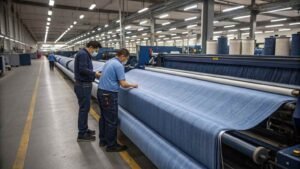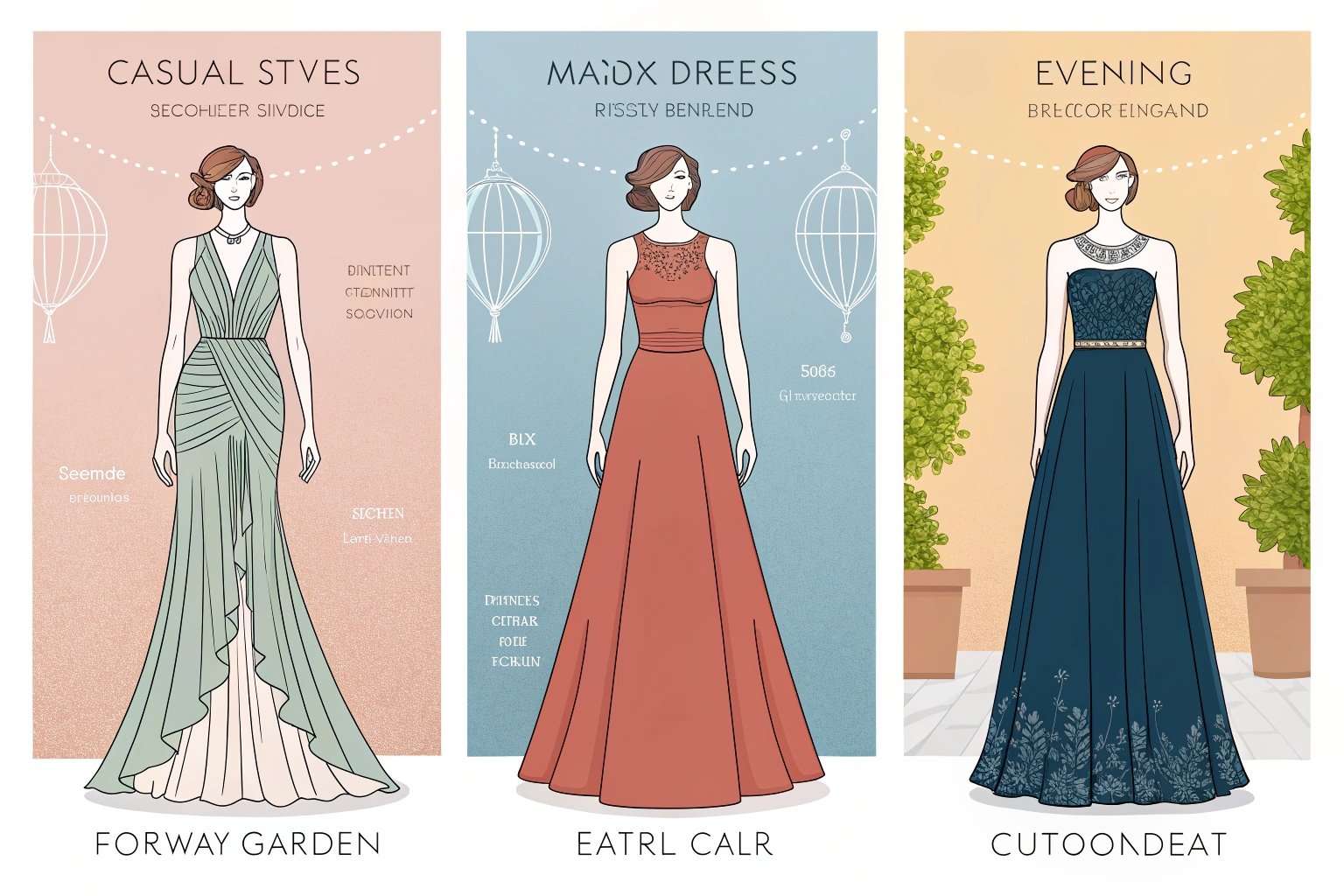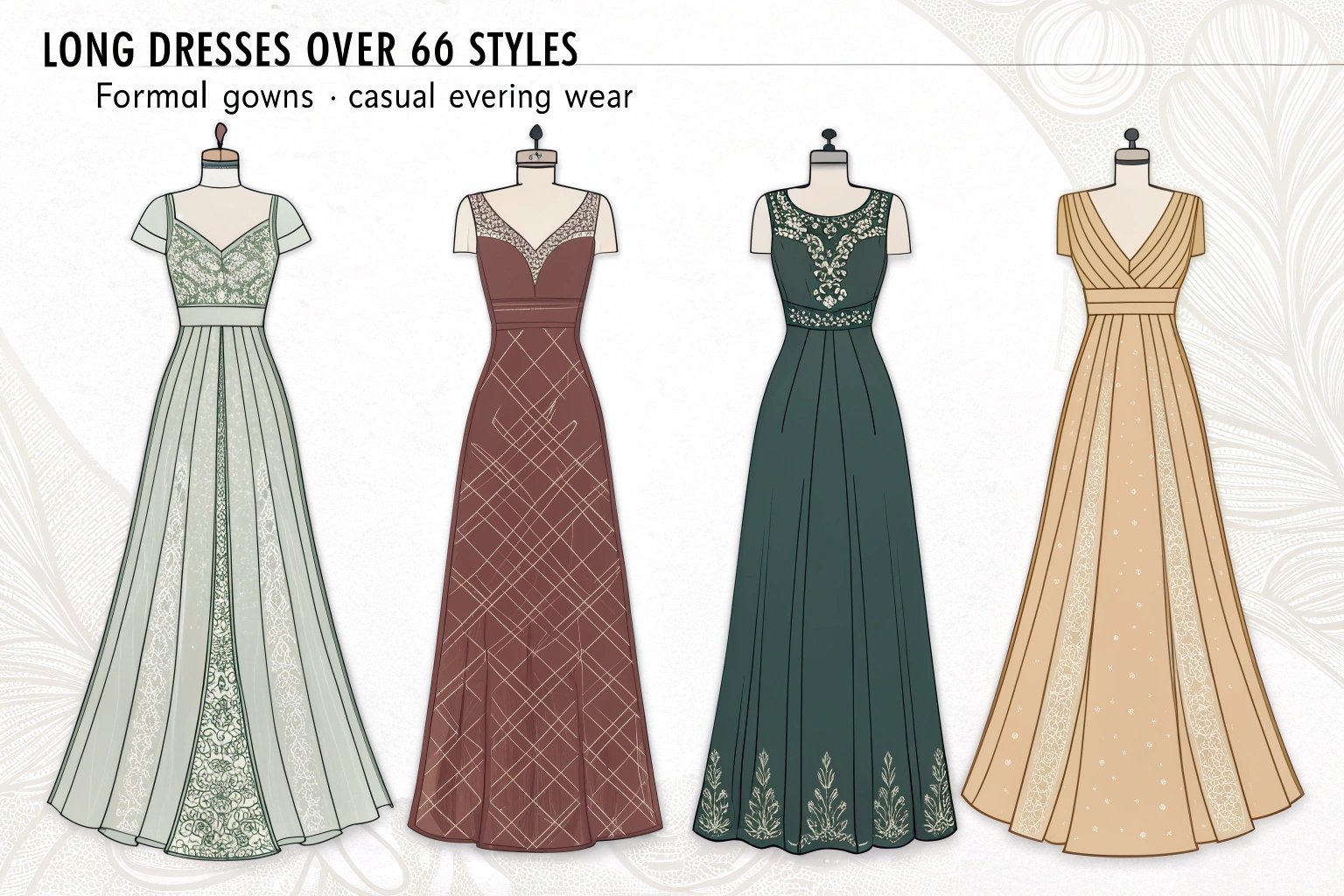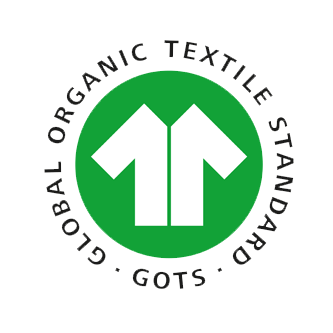Not all denim is created equal. Some jeans last for years, improving with every wear, while others lose shape or color after just a few washes. The difference often comes down to the quality of the denim fabric and the craftsmanship behind it.
High-quality denim has a heavier weight, tight and even weave, consistent dyeing, and excellent durability. Selvage denim and premium cotton blends1 often signal top-tier construction. As a denim manufacturer, I follow strict inspection and production standards to ensure every yard meets these benchmarks.
What Are the Key Characteristics of High-Quality Denim?
Denim quality is determined by its weight (oz), weave, thread count, and finishing. These elements influence how the fabric looks, feels, and wears over time.
Denim between 12–16 oz with a dense weave tends to be more durable and resistant to tearing. Selvage denim, woven on old-style shuttle looms, has tightly bound edges that resist fraying and indicate premium craftsmanship.

Why Weight, Weave, and Selvage Matter
- Weight (oz): Lightweight denim (8–11 oz) is softer and more breathable, ideal for shirts and summer jeans. Midweight (12–14 oz) is versatile for everyday wear. Heavyweight (15+ oz) is stiff at first but softens with age, lasting for decades.
- Weave: A tighter weave means the fabric holds its shape longer and is less prone to snagging.
- Selvage Denim: Recognized by the clean, finished edges (often with a colored thread line), selvage is stronger because the weave wraps around the edge without fraying.
How to Check Denim Quality Before Buying or Manufacturing
You can identify high-quality denim2 with simple visual and tactile tests before committing to a purchase or production run.
Premium denim feels substantial in hand, has uniform color with no streaking, and shows consistent texture across the fabric. Fade patterns should be even, with controlled shading that develops naturally over time.
Practical Inspection Tips
- Touch Test: High-quality denim feels firm but not rough; it softens with wear instead of breaking down.
- Pull Test: Tug the fabric gently—good denim resists stretching out of shape.
- Light Test: Hold the fabric to the light; dense, even weaving blocks light and reveals fewer gaps.
- Dye Check: Rub a white cloth on the fabric. Excessive dye transfer can indicate poor fixation and faster fading.
How Denim Manufacturers Ensure Fabric Meets Premium Standards
In professional denim manufacturing, fabric inspection and testing3 are critical to guaranteeing consistency and performance.
We use standardized tests for shrinkage, stretching, tearing strength, and colorfastness to ensure every roll of denim meets client expectations.

Quality Control in Denim Production
- Shrinkage Testing: Fabrics are washed and dried multiple times to measure shrinkage rates, ensuring fit accuracy in final garments.
- Stretch Recovery Tests: For stretch denim, we check how well the fabric returns to its original shape after being pulled.
- Colorfastness Tests: We expose samples to washing, sunlight, and abrasion to ensure dyes don’t fade or bleed excessively.
- Selvage Inspection: On selvage denim4, we inspect the edges for tightness and uniformity, which affect durability.
What Role Does Material Composition Play in Denim Quality?
The fibers used in denim determine its comfort, durability, and sustainability.
100% cotton denim offers classic durability and aging, while cotton blends1 (with elastane, polyester, or Tencel) improve stretch, recovery, and comfort. Organic and recycled cotton are increasingly used in premium denim to meet sustainable fashion demands.
Comparing Material Choices
- 100% Cotton: Traditional, rugged, and ages beautifully. Less stretch but more character over time.
- Cotton + Elastane: Adds flexibility for comfort; ideal for skinny and slim fits.
- Cotton + Polyester: Increases strength and reduces shrinkage but can reduce the “authentic” feel.
- Organic/Recycled Cotton: Environmentally friendly, often softer, and appeals to eco-conscious consumers.
How to Work with a Denim Manufacturer to Produce High-Quality Jeans
Collaboration with your manufacturer determines the success of your denim product.
Provide detailed specifications—weight, weave type, fiber composition, dye method, and finishing requirements—and always review samples before bulk production.
Steps for a Successful Production Partnership
- Tech Pack Clarity: Include exact measurements, stitching type, rivet placement, wash effects, and labeling.
- Sample Approval: Always request pre-production samples and test them for fit, durability, and color performance.
- Material Sourcing: Ask your manufacturer about sourcing options for premium fabrics, including organic or selvage denim.
- Ongoing Quality Checks: Schedule in-line and final inspections to catch any issues before shipment.

Conclusion
High-quality denim comes from the right combination of weight, weave, fiber content, and manufacturing discipline. Whether you’re buying jeans for personal wear or producing a denim line, understanding these factors ensures you choose products that will last, age beautifully, and reflect premium craftsmanship.
-
Explore the advantages of cotton blends, including comfort and stretch, for modern denim wear. ↩ ↩
-
Explore this link to understand the essential characteristics that make denim high-quality and durable. ↩
-
Gain insights into the critical testing processes that ensure denim quality and consistency. ↩
-
Learn about selvage denim’s unique qualities and why it is considered a premium choice in the denim industry. ↩









